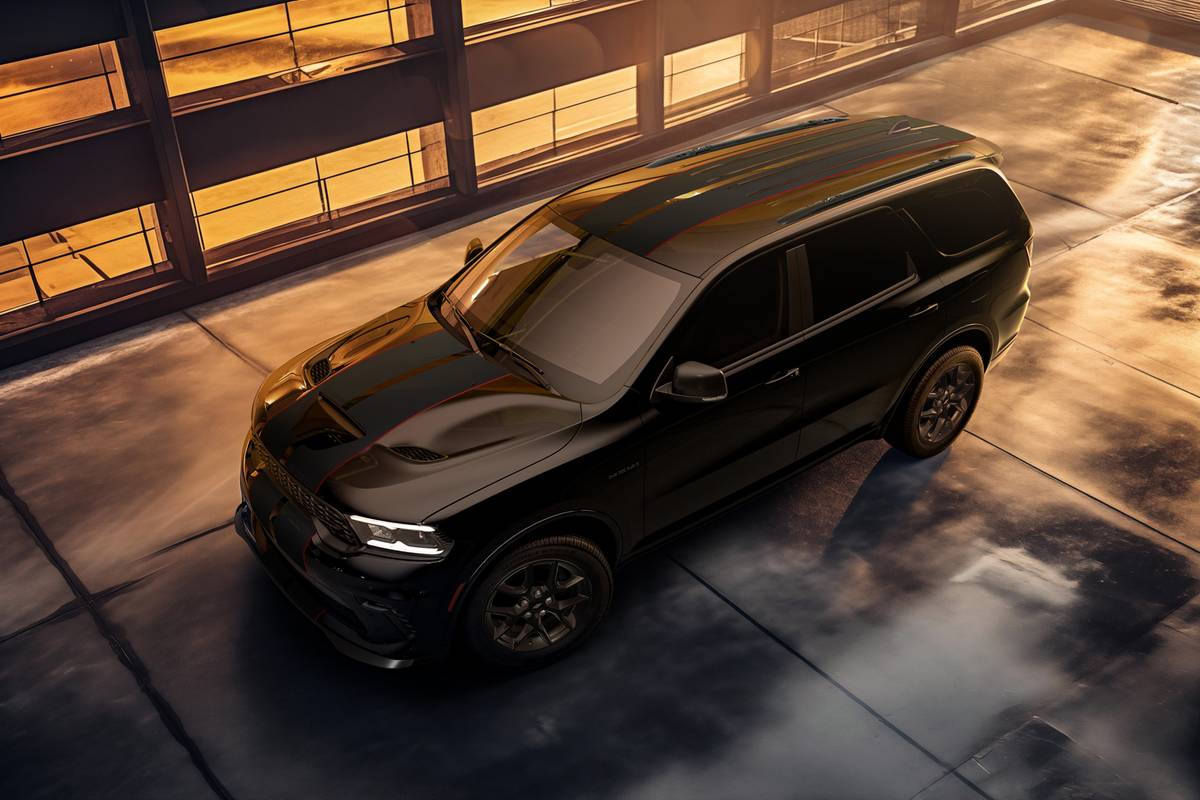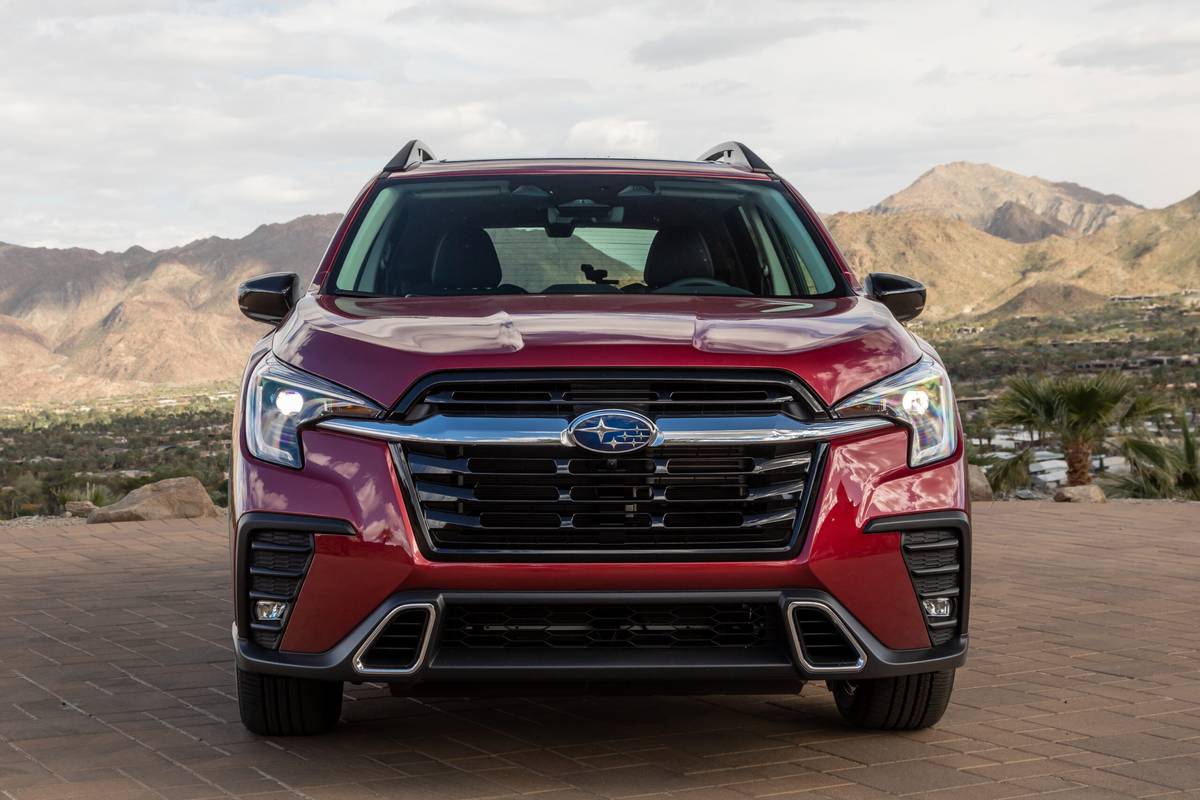Orlando Sentinel's view
The average price of a new car this year is around $15,000. The loaded red 1990 Chevrolet Lumina Euro Coupe I just spent a week with carried a price of $16,420. Knock off the $1,000 rebate, toss in some shrewd bargaining with the salesman and we are well within the average price of a new car in 1990.
But there’s one catch.
The Lumina Coupe is not average. It’s nowhere near it.
True, it doesn’t have the most stunning looks, the best performance or even the greatest interior. Yet, for the money, it is a heartbeat away from being a great car. You need only look at the competition and compare it with the well-equipped Lumina Euro Coupe to see what I mean. Its value per dollar is hard to beat.
There are a few – mostly minor – items that could stand some improvement. But in these days of Toyota Celicas and four-wheel-drive Subaru Legacys that cost $20,000, the Lumina Euro Coupe is a real steal.
There is simply no way you can’t have fun in the Lumina Euro Coupe.
The test car came equipped with a 135-horsepower, 3.1-liter V-6 engine and a four-speed overdrive transmission that turned out to be a pretty versatile powertrain. If you want performance, it’s there when you need it. If you want economy, just drive it easy and you’ll get close to 30 miles per gallon on the highway. I did.
The thing that struck me most about the Lumina Euro Coupe is how easy it is to drive. On a trip from Orlando to Daytona Beach, once I hit the highway, pointed the car in the right direction and set the cruise control, the Chevy settled in and smoothly cruised the 60 or so miles silently, steadily, efficiently and fairly comfortably. At 65 miles per hour, the engine is humming along almost imperceptibly at just under 2,000 rpm.
Thanks to flush-mounted glass and a smoothly contoured aerodynamic body, wind noise is just about absent at highway speeds, and you don’t get buffeted all over the road when being passed by a tractor-trailer rig.
GM engineers have created one of the smoothest four-speed automatics money can buy. Some of these transmissions seem to wander endlessly between third and fourth gear at speeds that are near the programmed shift points. The Lumina’s gearbox behaved itself at all times and shifted effortlessly. This is the only transmission available in this model, but informed sources within Chevy say a five-speed manual gearbox is in the offing.
I especially liked the 3.1-liter, fuel-injected V-6. On paper 135 horses doesn’t sound like much to get excited about. On the road, it’s a different story. Zero to 60 is a respectable 10-secondtrip. That’s enough muscle to assert yourself quite prominently while entering freeways or squeezing out of tight situations.
Balance is, perhaps, the word that best describes the Lumina Euro Coupe. If you didn’t know it was a front-wheel-drive car, you could never tell by driving it. Also, I could not feel the air conditioner click on and off. It took no power away from the engine, and worked beautifully.
On the test car the paint and the fit and finish were superb. The test car sported a bright red paint job that looked so wet you’d think touching it would leave a fingerprint. The aluminum wheels and rear deck spoiler along with the blacked out trimwork gave the Lumina Euro Coupe a very pleasing appearance. It’s no tour de force, but it looks nice, and even garnered a compliment at the carwash.
On the inside, the car featured a light brown cloth interior that is just shy of being luxurious. And interior room is another area where Chevrolet engineers really did a great job designing the Euro Coupe. Thanks to the nearly flat floor, foot room in the rear is abundant. The rear seats were also very comfortable, according to several passengers.
The full complement of gauges were easy to read, designed well and unobscured by the tilt steering wheel, though I found the speedometer and tachometer a bit small.
Nowf r the bugs.
I found the seat belts, mounted in the doors, difficult to attach. Because of the way they are mounted, you have to pull them to the buckle at an angle that makes inserting the tip something of a bothersome affair.
Unlike other cars with automatic restraints, there is no practical way you can leave the belts attached while getting in and out. You’d have to twist and contort your way under the belts to slide into the seats. This is a minor point to be sure, but on other cars, belts are so easy to use, you don’t even think them, much less struggle with them.
The headlight switch could be moved to a location that makes it easier to reach. As it is situated now, you must reach over or around the blinker/windshield washer/cruise control lever to get at the switch.
The standard bucket seats need some degree of thigh and lumbar support. As it is now they are the same basic shape (flat) as those folding lawn chairs you see at the beach, and that doesn’t do justice to a car like the Lumina, because this car runs like a jackrabbit and sticks to the road better than any front-wheel-drive car I’ve ever driven. The optional power seats, which provide better support, should be standard in the Euro Coupe.
When asked for advice by car buyers, I always say the top consideration is value per dollar. For $15,000 and change, it would be hard to go wrong with the 1990 Chevrolet Lumina Euro Coupe.
Specifications:
Chevrolet Lumina Euro Coupe Engine information: 3.1 liter, two valves per cylinder V-6, rated at 135 horsepower at 4,400 rpm; torque equals 180 ft. lbs. at 2,000 rpm. Compression ratio: 8.8:1. EPA estimated mileage: 19 city, 30 highway. Fuel system: Multi-port fuel injection. Transmission: Four-speed automatic with overdrive. Steering: Power rack and pinion. Brakes: Four wheel disc. Length/wheelbase: 198.4 inches/107.5 inches. Suspension: Independent front with McPherson struts, coil spring and stabilizer bar; independent rear with McPherson struts, stabilizer bar and transverse leaf spring. Trunk space: 15.5 cubic feet.
Latest news



